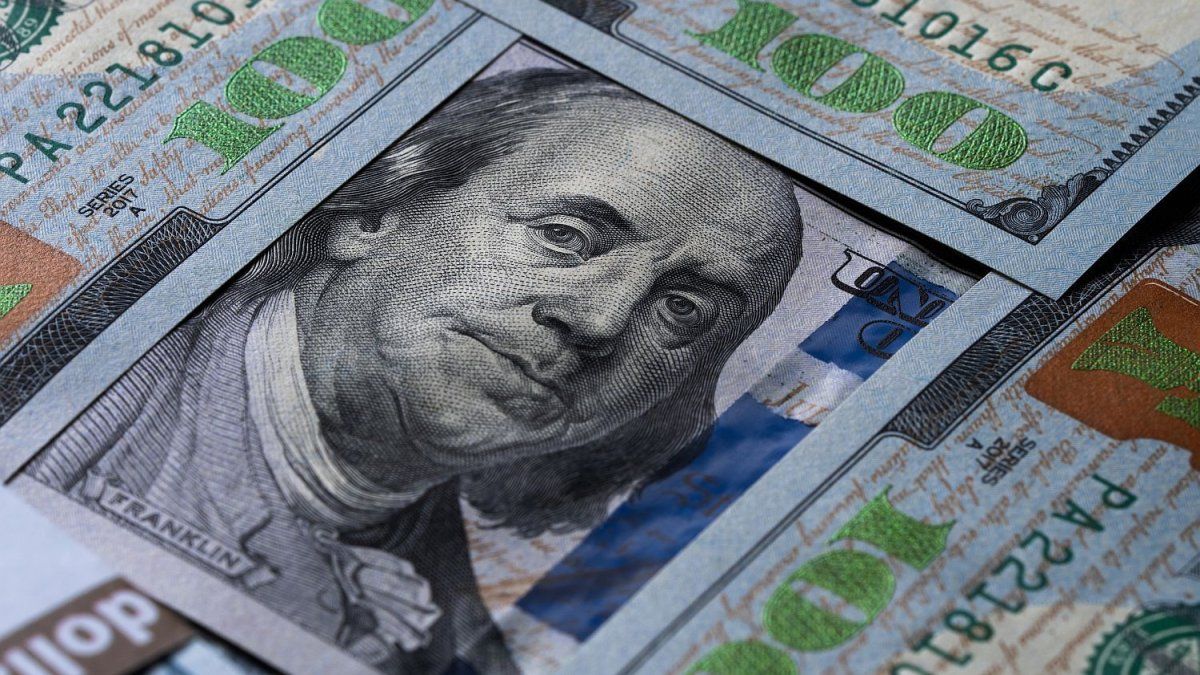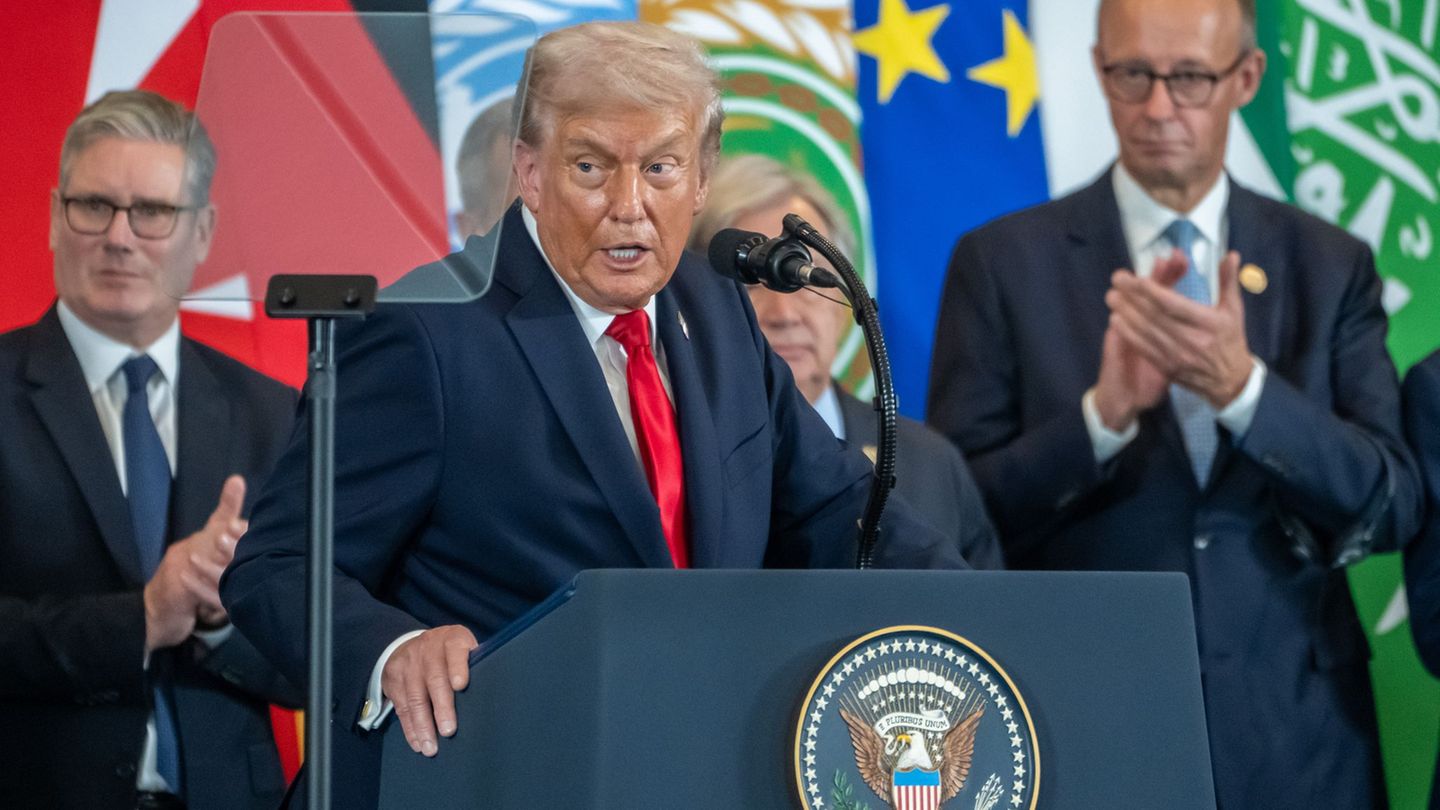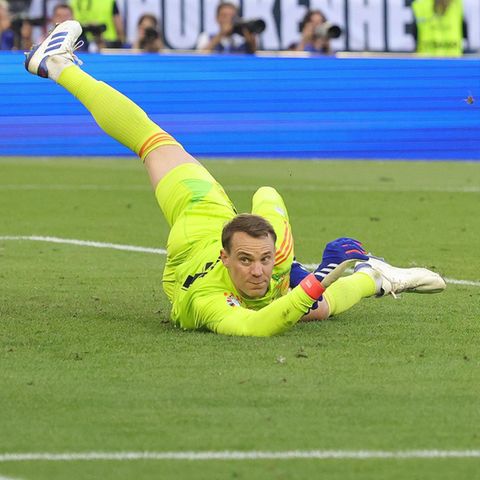Parallel dollars have a downward trend on average, despite some increases that financiers have had in recent days. The blue keeps pace, but remains the most expensive exchange rate. Is informal expensive or cheap?
He blue dollar comes comes with a downward trend, accumulates a drop of $10 so far this week and $65 in the last 28 days, since it is trading at $1,125 this Thursday, November 28 and had closed the previous month at $1,190. This adds to the sharp decrease that had marked in October, which was $45. Despite the sharp decline, it maintains its place as the most expensive of the parallel exchange rates for the tenth consecutive round. lThe big question is why it keeps falling and whether it is expensive or cheap.
The content you want to access is exclusive to subscribers.
The first thing to note is that it is difficult to put a value on blue. This reflects it Jeremías Morlandi, economist at Thesis Consulting, when he points out: “Talking about ‘expensive’ or ‘cheap’ would imply that we know what the true value of the dollar is, which is completely false. The parallel exchange rate does not have a defined intrinsic pricesince it depends on expectations, confidence and market conditions at a given time.


However, there are some references that are useful for and financial exchange rates are one. That’s why Andrés Reschini, analyst at F2 Soluciones Financierasindicates that “the blue would have to be at values very similar to the CCLas it has been historically, but today it is around 1.7% above that dollar” and points out that “it is a somewhat high difference considering that historically prices have tended to be practically the same.” However, he points out that This is due, in part, to The exchange market still has many restrictions and that may be one of the causes of these differences.
Blue dollar, in a tailspin: the reasons why it falls
However, Morlandi also points out that, in this case, the drop in the parallel dollar responds to several key factors. “Firstly, the shortage of pesos in the economy, a product of a restrictive fiscal and monetary policy. In addition, recent money laundering and the timely inflow of foreign currency have generated a greater supply of dollars in the market, which relaxes the pressure on the exchange rate,” he says. On the other hand, he considers that the lower expectations of devaluation, sustained by an appreciation of weight.
In that context, for Gustavo Quintana, from PR Change Operators“he blue dollar It is worth what it has to be worth in a scenario that shows the consequences of changes in expectations and monetary restriction.” And consider that, if we compare this value with that of a few months ago, we would say that “it’s very cheap”although he points out that “analyzing variables under the precept that there was no macroeconomic change compared to last year and simply updating for inflation can lead to gross errors.”
The point is that, like any good, Its price is determined by supply and demand and Quintana mentions that, at this moment, that segment of the dollar market shows insignificant demand. Going forward, he anticipates that this may continue and even deepen, due to a seasonal element: “The first half of December has always been demanding pesos and, therefore, I would not be surprised if prices remained the same or even fell a little”. Meanwhile, towards the second half of the last month of the year, it changes and there is usually more demand for dollars for tourism and savings, among other elements.
That, in the medium and short term, but, going forward, Reschini anticipates that, as restrictions are lifted or relaxedthe quotes of Parallel dollars should tend to arbitrage and narrow the gap between the blue and the CCL.
Source: Ambito
I am an author and journalist who has worked in the entertainment industry for over a decade. I currently work as a news editor at a major news website, and my focus is on covering the latest trends in entertainment. I also write occasional pieces for other outlets, and have authored two books about the entertainment industry.




